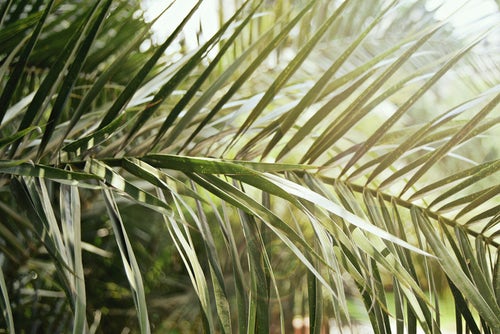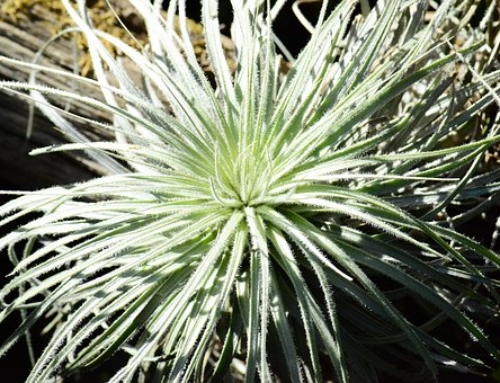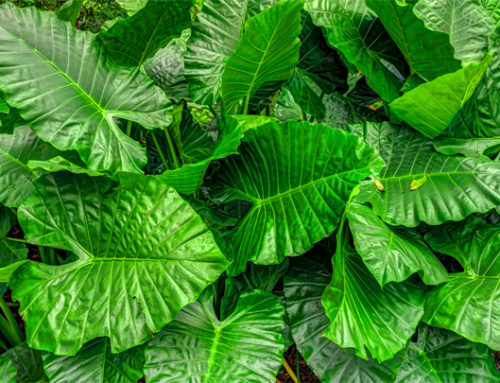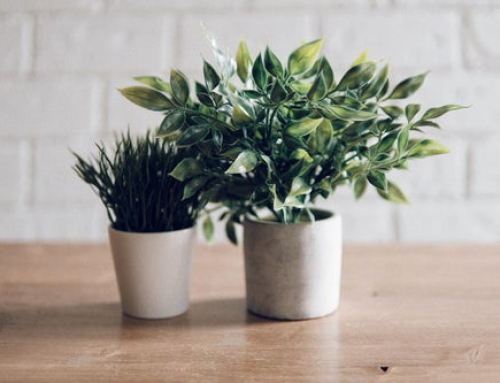Fluoride toxicity is a common problem that mars the appearance of many foliage plants including ‘]anet Craig’, ‘Warneckif, ‘Massangeana’ cane, spider plant, Cordyline, parlor palm, Calathea, Maranta and Yucca. Often fluoride injury is so severe that replacement is required. One of the sources of fluoride is fluoridated municipal water, added to water to prevent tooth decay. Other sources include Osmocote and superphosphate fertilizers and some growth media amendments such as perlite and German moss.
Symptoms
Fluoride toxicity has several symptoms. On Dracaenas, pale green spots or rings initially appear on the leaf tissue or along the edges. Later on, these spots or areas turn brownish. Leaf tip bum is another symptom of fluoride injury. On ‘Wameckii’, elliptical brown spots form in chains in the white band of leaf tissues. Fluoride toxicity symptoms appear on mature leaves (those 4th from the growing tip). The appearance of reddish brown spots in the growing tip of Dracaenas is caused by Fusarium moniliforme which is a fungal disease. Parlor palm (Chamaedora elegans) and areca palm (Chrysalidocarpus lutescens) is also susceptible to fluoride injury. The appearance of dark brown to purple spots in the leaflets and along the edges are common symptoms. Fluoride toxicity of Yucca and spider plant (Chlorophyta comosum) causes foliar tip bum. The appearance of brown spots within the leaves and along the edges are common on Calatheas (peacock plant) and Marantas (prayer plant) subjected to excess fluoride.
Correcting damage
If plants are damaged by fluoride toxicity, prune or trim the damaged portions and raise the growth media pH to 6.0 – 6.5 by application of hydrated lime or dolomite. The main component of most growth media mixes is peat moss which causes media pH to become acidic. Drenching such acidic media with hydrated lime at the rate of 1-2 tsp per gallon of water reduces fluoride availability and minimizes fluoride injury. Dolomite can be incorporated into the top soil at the rate of 1-2 tsp per 6″-8″ pot; 2-3 tsp per 10″ pot and 1-1.5 Tbs per 14″ pot. Check the analysis of lime sources carefully. Many lime sources, espedaUy native Florida products, may contain fluoride.
Growth media pH changes over time and requires periodic testing. Inexpensive pH meters or pH testing papers can be used to determine the growth media pH.






